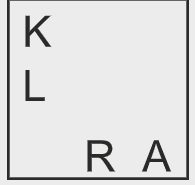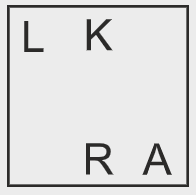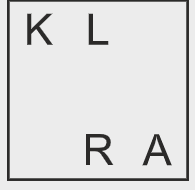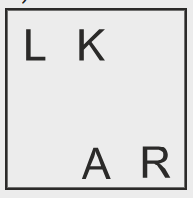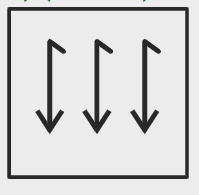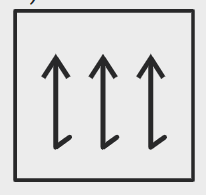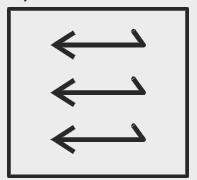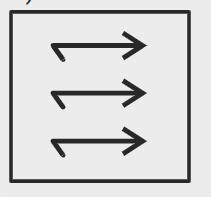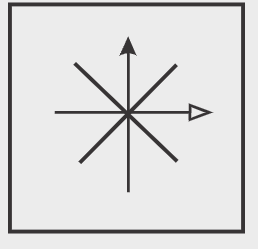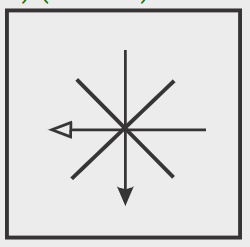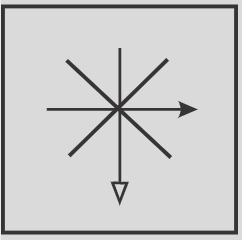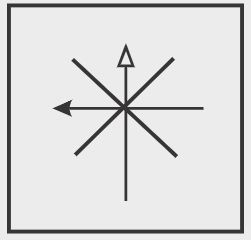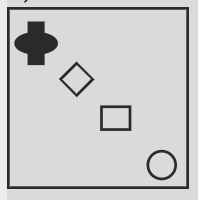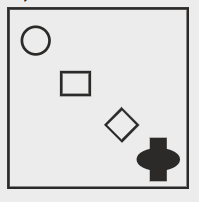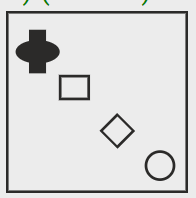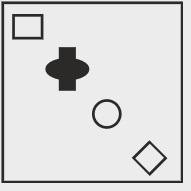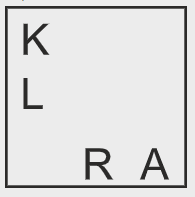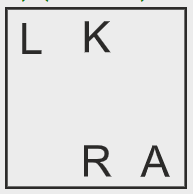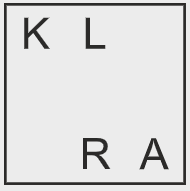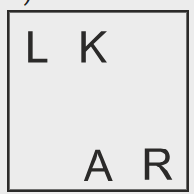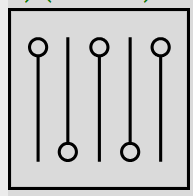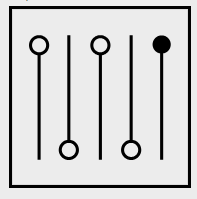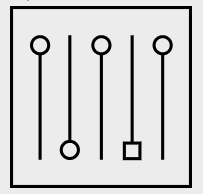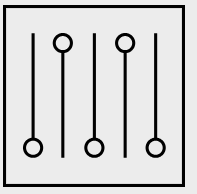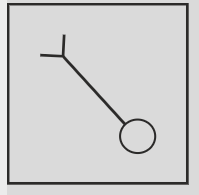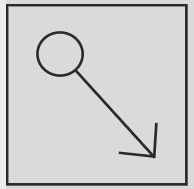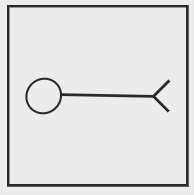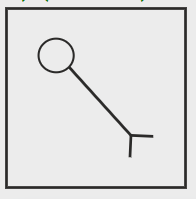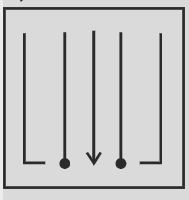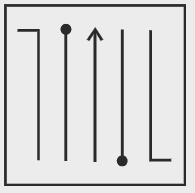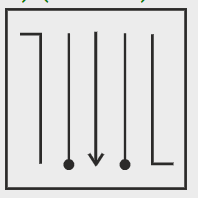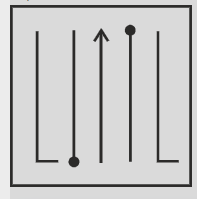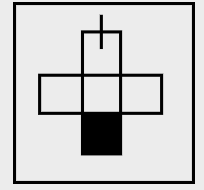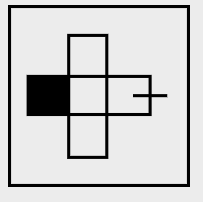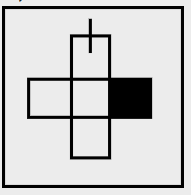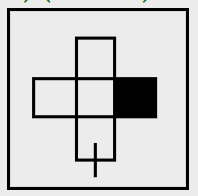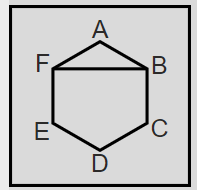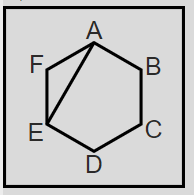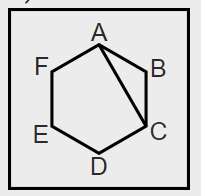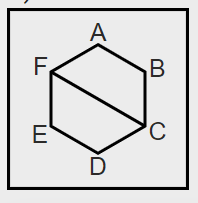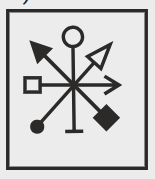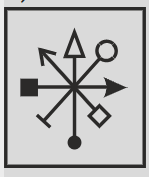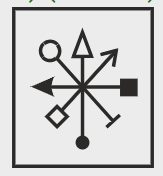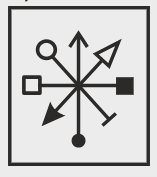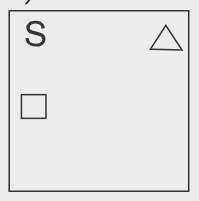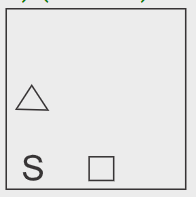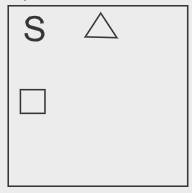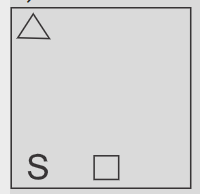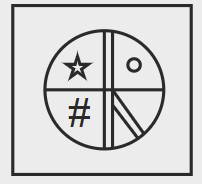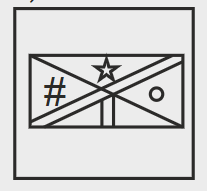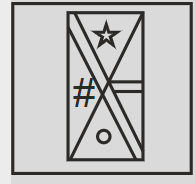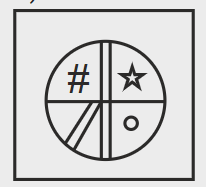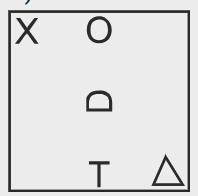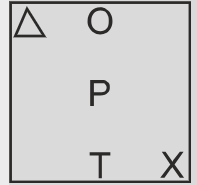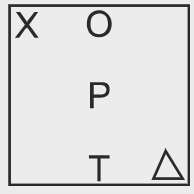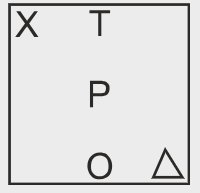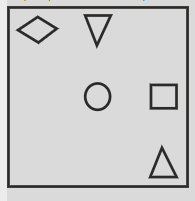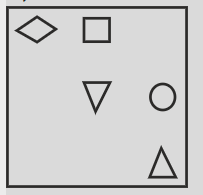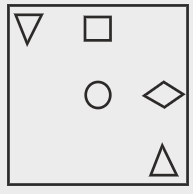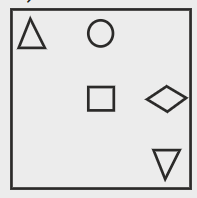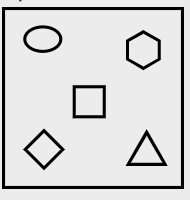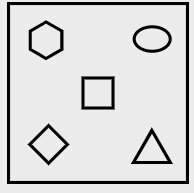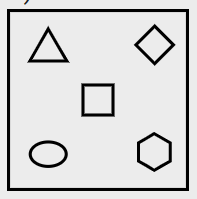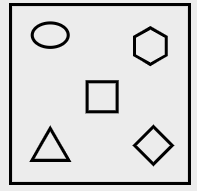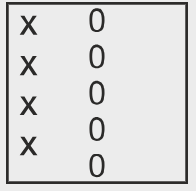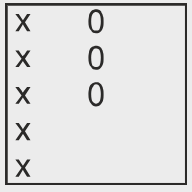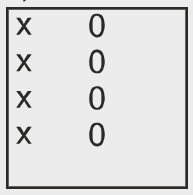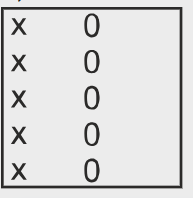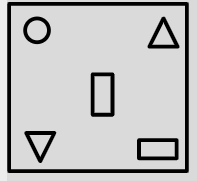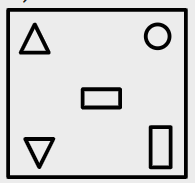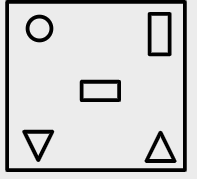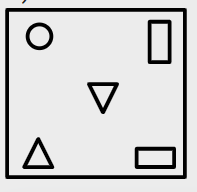Figure Series: Meaning, Reasoning Questions with Answers, Tricks
Figure series questions are a crucial part of non-verbal reasoning sections in various competitive exams like SSC CGL and banking exams. These questions test a candidate’s ability to recognise patterns, sequences, and logic within a set of figures. Mastering figural series reasoning requires keen visual observation and analytical thinking. The figure series is generally asked in many Government and entrance exams like SSC, Railway, Insurance, Defence and CUET, IPMAT, MAH MBA CET and many other competitive exams. Whether you’re solving figure series questions for SSC CGL or practising from a figure series questions and answers PDF, developing speed and accuracy is essential. In this article, you’ll explore all key concepts, tricks, and solved examples related to figure series reasoning to help you boost your preparation.
This Story also Contains
- Types of Figure Series Reasoning
- Question: Weightage of Figure Series in Competitive Exams
- Practice Question For Figure Series
- Figure Series Questions for BITSAT/ CUET/ IPMAT
- Figure Series Questions for SSC CHSL/ SSC STENOGRAPHER/ SSC CGL/ SSC CPO exams
- Figure Series Questions for Railway Recruitment Board Exams
- Concepts and Tricks to Solve Figure Series Reasoning Questions
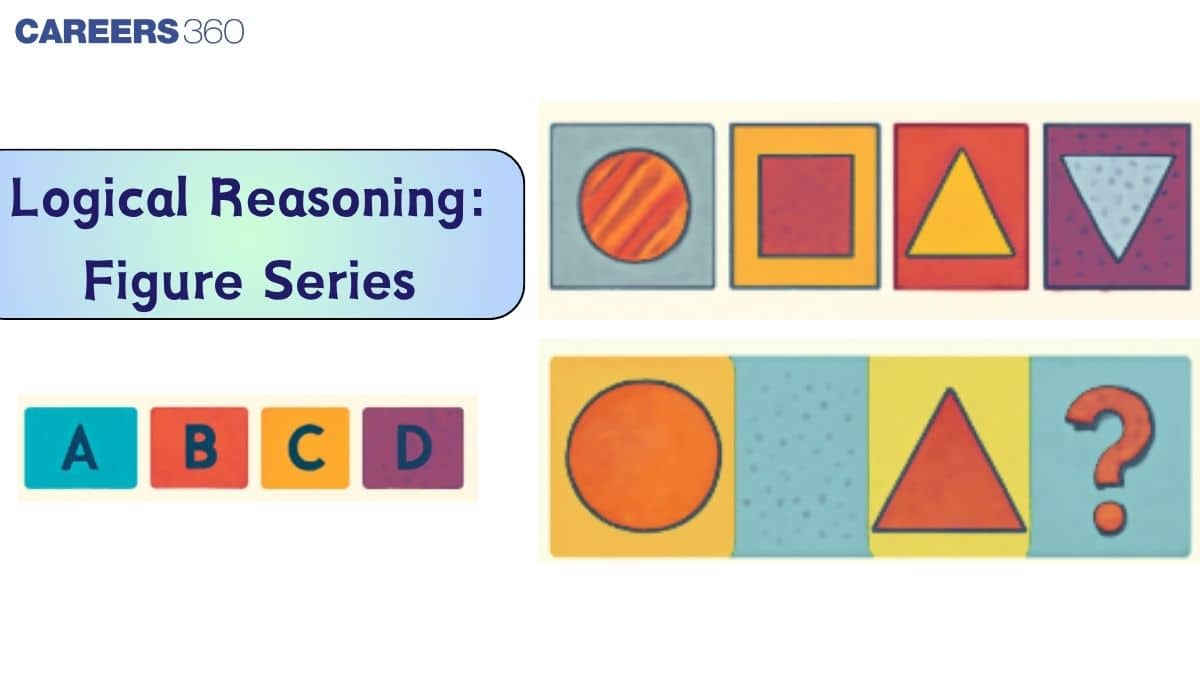
Types of Figure Series Reasoning
There are the following types of figure series -
1. Missing Figure in a Series
2. Incorrect Order in a series
3. Wrong Figure in a Series
4. Three, Four or Five Figure Series
Let’s understand all the types in detail-
1. Missing Figure in a Series
In this type, a figure is missing in the sequence, and you must choose the correct option that logically completes the pattern. These are the most common figure series questions in SSC and require you to quickly observe trends in shape, size, or orientation. Practicing figure series questions and answers PDF will help improve accuracy in this category.
Example:
Directions: Select the figure from the given options that can replace the question mark (?) in the following series.

Solution:
In the figure given, each alphabet covers half the distance in the anticlockwise direction. Follow the directions to find the next term.

Hence, the second option is correct.
2. Incorrect Order in Series
Here, all figures are correct but not in the right order. Your task is to rearrange them logically. These questions test your ability to identify progression rules and place the figural series in the correct sequence.
Example:
Directions: In the series, figures are numbered (1), (2), (3), (4) and (5). These figures are arranged in incorrect order. Determine the correct order of the series.

2, 1, 3, 4, 5
3, 4, 5, 1, 2
1, 2, 3, 5, 4
2, 3, 1, 4, 5
Solution:
The pattern of the series is as follows -
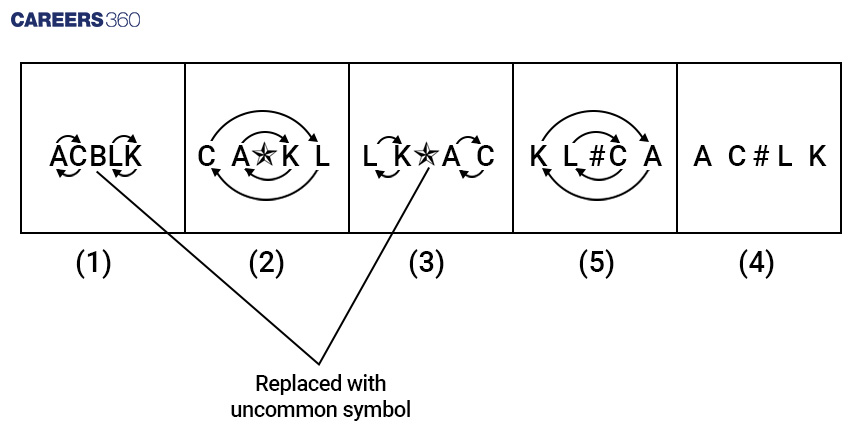
3. Wrong Figure in a Series
Among the given figures, one does not follow the pattern. You have to identify the odd one out. These figural series reasoning questions test your eye for detail and consistency across visual elements like rotation, number of shapes, or orientation.
Example:
Directions: Out of the following five figures, four are alike in some manner and one differs from these in that manner. Select the odd figure.

Solution:
According to the given figures –

In Images first, second, third, and fifth, the half arrow is drawn to the right-hand side of the arrows at the other end of the line.
But in image 4, the half arrow is drawn to the left-hand side of the arrows at the other end of the line.
So, the fourth image differs from the other images, and the fourth image is given in the first option.
Hence, the first option is correct.
4. Three, Four or Five Figure Series
These are short figure sequences consisting of 3 to 5 images that follow a certain rule. Your job is to determine the next figure based on the pattern. This is a standard format used in most figure series reasoning sections of SSC and other competitive exams.
Example:
Directions: Which of the given figures when placed in the 5th position would continue the series that is established by the first four figures?

Solution
According to the given figures –
1. The shaded arrow is changing its position 90° in the clockwise direction.
2. The unshaded arrow is also changing its position 90° in the clockwise direction.
So, following the above pattern, the required figure will be as follows –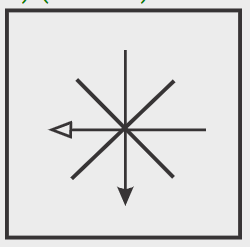
Therefore, the figure in the second option is the required figure. Hence, the second option is correct.
Question: Weightage of Figure Series in Competitive Exams
The number of questions based on analogy varies from exam to exam -
1) Figure series question asked in SSC exams i.e. SSC MTS, SSC CGL, SSC CHSL, SSC CPO, Steno - 2 to 3 questions.
2) Figure series question asked in the Railways exam i.e. Group D, NTPC, JE, ALP, etc - 1 to 2 questions.
3) Figure series questions asked in CUET, NPAT and other college entrance exams - 1 to 2 questions.
4) The candidates must practice figure series questions pdf, figure series questions and answers pdf given below.
Figure Series Questions with Solutions PDF
Practice Question For Figure Series
The reasoning figure series questions, figure series SSC CGL, find the figure series questions and practice questions for various government and entrance exams are given below for reference.
1. Directions: Select the figure that will replace the question mark (?) in the following figure series.

Solution:
Follow the pattern to obtain the missing figure in the given series –

Hence, the third option is correct.
2. Directions: Select the figure from the given options that can replace the question mark (?) in the following series.

Solution:
In the figure given, each alphabet covers half the distance in the anticlockwise direction. Follow the directions to find the next term.

Hence, the second option is correct.
3. Directions: Select the figure from the given options that can replace the question mark (?) in the following series.

Solution:
Here the pattern is as follows —
1. In each box one more line with a circle at the corner has been added.
2. Each time the circle is added from the bottom to the top alternatively.
The following figure will complete the given pattern —
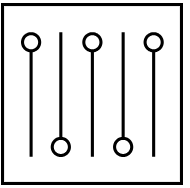
Hence, the first option is correct.
4. Directions: Select the figure from among the given options that can replace the question mark (?) in the following series.

Solution:
According to the given question figure –
The figure given in each box is rotated by 45° in a clockwise direction.
So, following the above pattern, the required figure will be as follows –
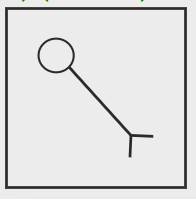
Therefore, the figure in the fourth option is the required figure. Hence, the fourth option is correct.
5. Directions: Select the figure from among the given options that can replace the question mark (?) in the following series.

Solution:
Here the pattern is as follows —
In each box, one line at a time from right to left is flipped vertically.
Therefore, the complete series is as follows —

Hence, the third option is correct.
6. Directions: Select the figure from among the given options that can replace the question mark (?) in the following series.
Solution:
Here the pattern is as follows –
1. The shaded part is moving to the one block in a clockwise direction.
2. The line attached at the corner of the figure is moving in an anticlockwise direction.
The following figure will complete the given pattern –
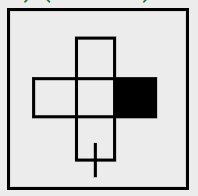
Hence, the fourth option is correct.
7. Directions: Select the figure from among the given options that can replace the question mark (?) in the following series.

Solution:
Here, the pattern is as follows —
In the given figure, the inner line of the hexagon moves one by one in a clockwise direction such as firstly it is from A to C, then it moves to A to D, A to E, B to D, B to E, and finally from B to F.
The following figure will complete the given pattern —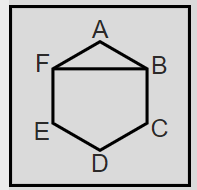
Hence, the first option is correct.
8. Directions: Select the figure from among the given options that can replace the question mark (?) in the following series.

Solution:
According to the given question figure –
The figure given in each box is rotated by 45°, 90°, 135°, and 180° respectively in clockwise direction.
So, following the above pattern, the required figure will be as follows –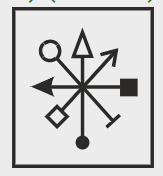
Therefore, the figure in the third option is the required figure. Hence, the third option is correct.
9. Directions: Which of the given figures when placed in the 5th position would continue the series that is established by the first four figures?

Solution:
In the above-given figure series, each element shifts one position in an anticlockwise direction.
So, following the pattern, the required figure will be as follows –
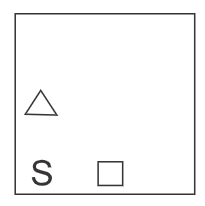
Hence, the second option is correct.
10. Directions: Out of the following five figures, four are alike in some manner and one differs from these in that manner. Select the odd figure.

Solution:
In the given series, the symbols inside the figure box are in a set pattern. For each of the figures, the symbols are in sequence of star, circle, parallel lines, and hash in a clockwise direction. Only the fourth figure in the series does not follow the pattern. Thus, the answer figure is:
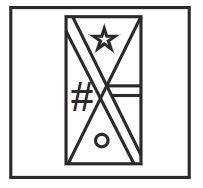
Hence, the third option is correct.
The candidates who are preparing for the upcoming entrance and Government exams can also refer to the links given below and master the non-verbal reasoning ability section:
11. Directions: Which figure from the given options would replace the question mark (?) if the following figure series were to be continued?

Solution
According to the given figures –
1. X and triangle interchange their positions at each step.
2. O and T interchange their positions at each step.
3. At each step, a new character/symbol is introduced which replaces the center element.
So, following the above pattern, the required figure will be as follows –
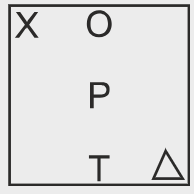
Hence, the third option is correct.
12. Directions: Select the figure that will replace the question mark (?) in the following figure series.

Solution
In the given figure, follow the directions to find the next term –

Hence, the first option is correct.
13. Directions: Select a suitable figure from the answer figures that would replace the question mark (?).

Solution
The movement of geometrical shape is as follows —
The top left corner shifted to the top right corner, the top right corner shifted to the bottom left corner, the bottom left corner shifted to the bottom right corner, the centre shifted to the top left corner, and the bottom left corner shifted to the centre.
Therefore, in the given figure the following pattern will complete the series –

Hence, the second option is correct.
14. Directions: Select the figure from among the given options that can replace the question mark (?) in the following series.

Solution
According to the given question figure –
The number of crosses (x) on the right-hand side is reduced by 1 in each box, while the number of zeroes (0) is increased by 1 in each box.
So, following the above pattern, the required figure will be as follows –
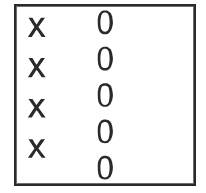
Therefore, the figure in the first option is the required figure. Hence, the first option is correct.
15. Directions: Select the figure that will replace the question mark (?) in the following figure series.

Solution
In the given figure, follow the directions to find the next term –

Hence, the third option is correct.
Figure Series Questions for BITSAT/ CUET/ IPMAT
1) Directions: Which figure should replace the question mark (?) if the series were to be continued?

1)
2)
3)
4)
Solution
In the given figure, follow the directions to find the next term –
1. An arrow at the centre is rotating 45° in the clockwise direction.
2. B is rotating by 90° in the anti-clockwise direction. Movement of B – Top left→Top centre→Top right
3. A greater than symbol is rotating 90° in the anti-clockwise direction. Movement of (<) symbol in every alternate box –
Bottom centre→Bottom left→Bottom right→Bottom left
So, following the above pattern, the required figure will be as follows –

Therefore, the figure in the fourth option is the required figure. Hence, the fourth option is correct.
2) Directions: Select the figure from among the given options that can replace the question mark (?) in the following series.

1)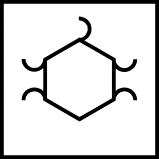
2)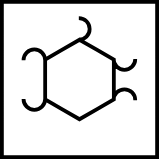
3)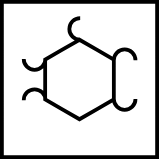
4)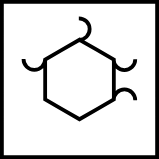
Solution
According to the given figure series –
1. The '(' element in each figure is increasing alternately and subsequently shifting in the anticlockwise direction.
2. Only two such lines are being formed in the same direction.
So the answer figure is:
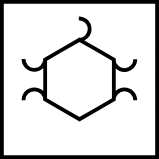
So the series becomes:

Hence, the first option is correct.
Figure Series Questions for SSC CHSL/ SSC STENOGRAPHER/ SSC CGL/ SSC CPO exams
1) Directions: Select the figure that will replace the question mark (?) in the following figure series.

1)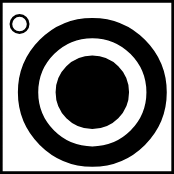
2)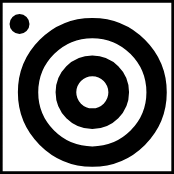
3)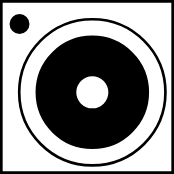
4)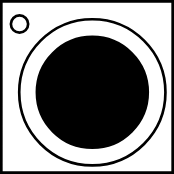
Solution
In the given figure, alternate boxes are similar to each other.
Thus, the missing part of the figure is alternated to –
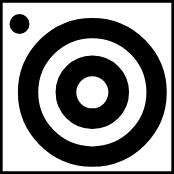
Therefore, the complete figure is –

Hence, the second option is correct.
2) Directions: Select the figure from among the given options that can replace the question mark (?) in the following series.

1)
2)
3)
4)
Solution
According to the given figure series –
From Box 1 to Box 2 – The square becomes unshaded and shifts at the first position followed by the unshaded triangle at the second position and the circle at the third position. The symbol at the third position, i.e., the circle becomes shaded. The letter A is being increased by three, resulting in the letter D.
From Box 2 to Box 3 – The circle becomes unshaded and shifts at the first position followed by the unshaded square at the second position and the triangle at the third position. The symbol at the third position, i.e., the triangle becomes shaded. The letter D is being increased by three, resulting in the letter G.
From Box 3 to Box 4 – The triangle becomes unshaded and shifts at the first position followed by the unshaded circle at the second position and the square at the third position. The symbol at the third position, i.e., the square becomes shaded. The letter G is being increased by three, resulting in the letter J.
Similarly, from Box 4 to Box 5 – The square will become unshaded and will shift at the first position followed by the unshaded triangle at the second position and the circle at the third position. The symbol at the third position, i.e., the circle becomes shaded. The letter J will be increased by three, resulting in the letter M.
The following figure will complete the given pattern –

Hence, the fourth option is correct.
Figure Series Questions for Railway Recruitment Board Exams
1) Directions: Select the figure that will replace the question mark (?) in the following figure series.

1)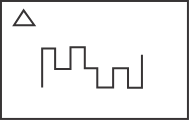
2)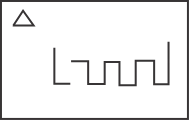
3)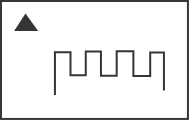
4)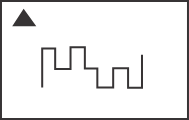
Solution
According to the given question figure –
The triangle on the top left side is shaded alternately while the image in the centre remains unaltered.
Therefore, the following figure will complete the given series –
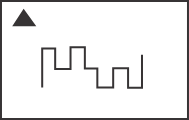
Hence, the fourth option is correct.
Concepts and Tricks to Solve Figure Series Reasoning Questions
Figure series reasoning questions test your ability to recognise visual patterns and logical sequences. These questions are commonly asked in competitive exams like SSC CGL, CHSL, and various aptitude tests. To solve these effectively, you must be familiar with recurring patterns, spatial orientation, and symmetry rules. This section highlights key strategies and tricks to help you approach figural series reasoning questions with confidence and accuracy.
Identify Basic Shapes and Positions
One of the first steps in solving figure series questions is identifying the core shapes used in the sequence—such as circles, triangles, squares, arrows, or stars. Focus on:
How many shapes are in each figure?
Are the positions of the shapes changing consistently?
Is a new shape added or removed in each step?
Mastering this technique is especially helpful for figure series SSC CGL or other government exams, where quick identification of base elements can help eliminate wrong options fast.
Analyze Rotation and Direction
Many figure series reasoning questions involve elements rotating clockwise or anticlockwise across the sequence. Keep an eye on:
Angle of rotation (90°, 180°, etc.)
Direction (clockwise or counterclockwise)
Change in orientation of arrows or figures
Practicing rotation-based figure series questions and answers PDF will sharpen your ability to spot directional patterns, a common theme in SSC reasoning sections.
Look for Line and Dot Patterns
Dots, lines, and small symbols often play a major role in non-verbal reasoning. In these types of figure series questions:
Observe how the number of lines or dots changes per figure
Check if the placement of lines follows a geometric pattern
Monitor dot movement across quadrants or boundaries
These variations may appear simple but are frequently used in figure series questions SSC and figural series reasoning sections to trick candidates who miss fine details.
Check Symmetry and Repetition
Symmetry is another crucial concept in figure series. To apply this trick effectively:
Look for vertical, horizontal, or diagonal symmetry in each figure
Check if the figure is a mirror image of the previous one
Watch for repeating patterns across alternate figures
This trick is particularly helpful when solving figure series reasoning questions under time pressure, as symmetry can quickly reveal the next logical step in the sequence.
Read more: The list of important verbal reasoning topics is provided below:
About the Faculty
Tanu Gupta, with over a decade of experience as a reasoning faculty, specializes in preparing students for various entrance examinations and career development. Her extensive work with multiple educational platforms and institutions has honed her expertise in logical and analytical thinking. Her dedication to innovative teaching methods ensures these articles provide practical insights and expert guidance.
Frequently Asked Questions (FAQs)
In the SSC exams around 2 - 3 questions have been asked every year whereas in other exams like Railways, CUET or Defence mostly 1 - 2 questions have been asked.
There are a total of four types of figure series in nonverbal reasoning i.e. missing figure series, wrong figure in a series, incorrect order in a series, and three, four or five figure series.
The level of the analogy questions has been seen as easy to moderate in the examinations.
No, there is no short trick to solve the questions based on the figure series.
A figure series is a succession of patterns in which the next pattern to be identified is consecutive to the previous one. Three- and four-figure series are highly useful for enhancing reasoning abilities and critical thinking.
Figure series in reasoning is a sequence of figures that follow a particular pattern and an aspirant has to identify that pattern to get the next missing figure in the figure series.
A series of figures are given and a figure of series is missing and you have to find the missing figure by determining the pattern that follows in the given question figure. To solve these types of questions, you have to look into the series given and observe the changes from figure one to the next figure and so on and apply the same logic to get the required missing figure in the series.

In the figure given, each alphabet covers half the distance in the anticlockwise direction. Follow the directions to find the next term.

So, the second option completes the figure.
